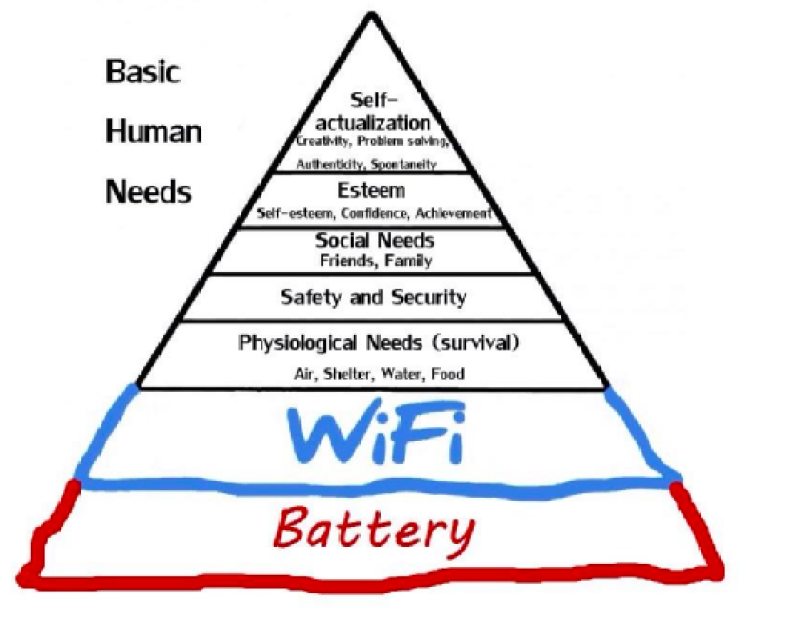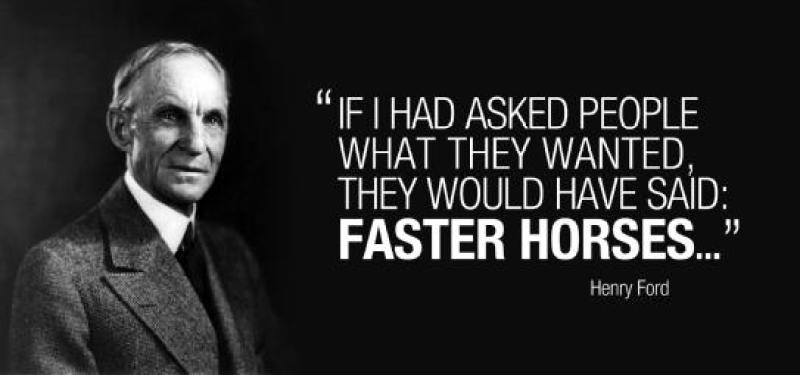We all have the potential to be creative, but what most people do not realize is that our ability to solve problems creatively, whether applied to product development, business models, brand strategy, positioning platforms or creative executions, is significantly limited by a series of natural mental biases. How we think, and the mental patterns we use to select, process, and analyze information can act as barriers and hold back our creative potential.
Some of the most common biases are:
1. The confirmation bias: The tendency to search for or interpret information in a way that confirms one’s preconceptions. In addition, individuals may discredit information that does not support their views.
2. The self-serving bias: The tendency to claim more responsibility for successes than failures. It may also manifest itself as a tendency for people to evaluate ambiguous information in a way beneficial to their interests.
3. The belief bias: When one’s evaluation of the logical strength of an argument is biased by their belief in the truth or falsity of the conclusion.
4. Framing: Using a too-narrow approach and description of the situation or issue.
So, what can we do to overcome those biases and boost our creative problem-solving skills?
7 Ways to Improve Your Creative Problem-Solving Skills.
1. The first step is self-awareness.
Simply being aware of and acknowledging the fact that our creative problem skills are limited by the way we think and process information is the first step to breaking some of those patterns. Doing so will then encourage you to find tools, techniques, and tricks to overcome those biases and increase your problem-solving skills, some are listed below.
2. Detach yourself from the problem.
The way we look at a problem is limited by the way we frame it, which in turn is influenced by our past experience, our beliefs, and our mental processes. Framing matters, so it is not a surprise to us that 10 out of the 26 Positioning-Roulette approaches to brand positioning focus on the frame of reference and re-framing the brand (that’s almost 40% of all potential approaches). Re-framing the problem or looking for solutions from various perspectives (or adjacent fields) is a great way to overcome some of the mental biases that plague us. In our experience, the most effective “creativity techniques” use a two-step approach. The first step usually consists of moving away from the problem to facilitate new ideas, and the second step then consists of translating those ideas back into solutions that could solve the original problem.

3. Use a framework, a system, to guide your thinking.
Most people still don’t seem to realize there is a method to creativity. Creativity doesn’t just happen. One significant benefit of a more methodic approach is that it helps drive and guide the idea-finding process and thus helps overcome the biases and limitations mentioned above. This is where tools like our methodology come into play. They help guide your thinking and by doing so act as a distraction from many of your limiting biases. Obviously, I believe that our approach is the best and most rigorous framework for the development of positioning platforms and brand stories, but the truth is any framework (for example, the Maslow hierarchy of needs is another effective framework) will lead to better results than not using any.
4. Show empathy.
Empathy is putting yourself in someone else’s shoes without judging. This “someone else” can be a consumer you are trying to convert or another team member during an ideation session. This is a very difficult thing to do but is also a very powerful way to unleash new solutions to a problem. Empathy doesn’t mean that you necessarily agree with the other person’s point of view, it just means that you can see things from their point of view for long enough to consider new solutions that may emerge from this perspective. A simple way to start is to practice empathy with your significant other. You’ll find this improves not only your ability to be creative but also your relationship!

5. Promote diversity of points of view- avoid groupthink.
I believe better solutions are generated when developed by a diverse group of people. If you are an intuitive thinker, add a more rationally minded person to your ideation session, even if it initially feels uncomfortable. If you’re a team of business people, add a creative-minded person or artist to your ideation team. The trick here, however, is not just to add people who have a different working style than you, but also to listen to them and allow their perspective to influence the thinking and ideation process (see point 4). As someone told me once, the best leaders are “integrators”; they are able to listen to various points of view and incorporate those into the final solution. The tremendous side benefit is that everyone involved in the process feels heard and takes ownership of the solution.
6. Focus on the right input and stimuli.
Using thought starters and inputs from other fields or categories also helps short-circuit your own thinking patterns and boost your creative problem skills (see point three). However, not all thought-starters are created equal. Some will be more relevant to the problem you’re trying to solve than others. Looking at the world of ants and how they are organized and trying to draw conclusions on how to position a brand of yogurt might sound like a fun exercise (and it is), but it’s a complete waste of time.

7. Expand your own knowledge and experience.
The more diverse marketing problems you have worked on, the more cases in different categories you’ve been exposed to, the more flexible and agile your thought processes will become. You’ll be able to pull from a broader pool of know-how and experiences and make more meaningful connections, ultimately leading to new solutions. This is where case studies come in handy as a shortcut to “experience” (our approach, for example, is based on over 1200 case studies of effective marketing problem solving from around the world, across many different categories and spanning a time period of 125 years). Knowing how a beer brand solved a trial generation problem in Australia might trigger an innovative solution on generating trial for a mouthwash brand in the US.
SIGN-UP FOR MY NEWSLETTER TO KEEP UPDATED
ADDITIONAL RESOURCES:
GO BACK TO 'FUNDAMENTALS” for more articles about brand strategy, brand positioning, customer insights, and creative problem-solving.
Learn everything there is to know about brand position development and become more “brand positioning fluent” than 99% of the marketing community with my online course “The Art & Craft Of Brand Positioning Development”. Learn what it is, how to set objectives for your positioning, how to segment your consumers, how to create genuinely differentiating and distinctive positioning statements, sources of brand positioning, how to assess, evaluate, and improve existing positioning statements (with examples), and learn what mistakes to avoid.
Do you just want to learn the basics of brand positioning development? Check out the award-winning “Brand Positioning Workbook: A simple how-to guide to more compelling brand positioning, faster”. Available on Amazon around the world. (RAISE the prices again?)
Working solo on a brand positioning project or preparing a positioning workshop? Check out the best-selling Brand Positioning Method Cards for guidance and inspiration.
Interested in insights and how to generate them instead? Then the Aha! The Indispensable Insight Generation Toolkit might be for you. Available as a set of method cards in the US and as a Kindle document outside the US.
Need an expert team to help you position or re-positon your brand and identify new growth opportunities? Then reach out
Alternatively, you may want punctual advice, feedback, and inspiration without hiring a consulting team. Then, book an hour of coaching with me.

Leave a Reply
You must be logged in to post a comment.